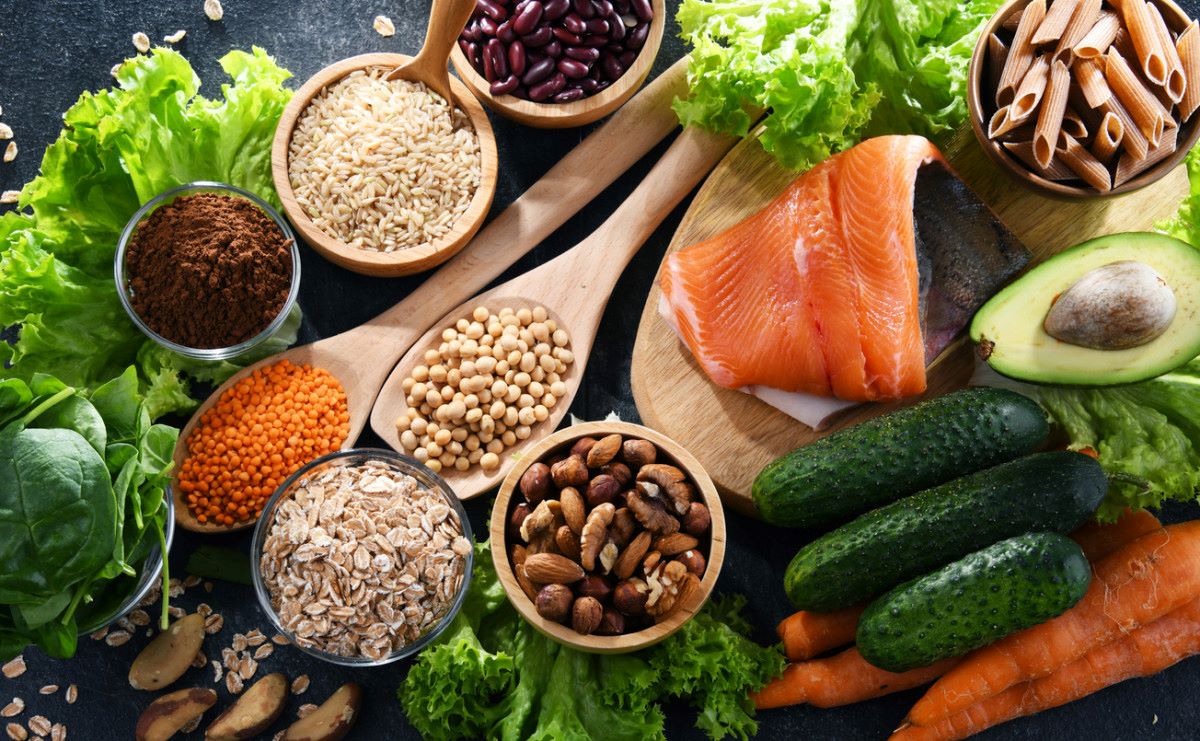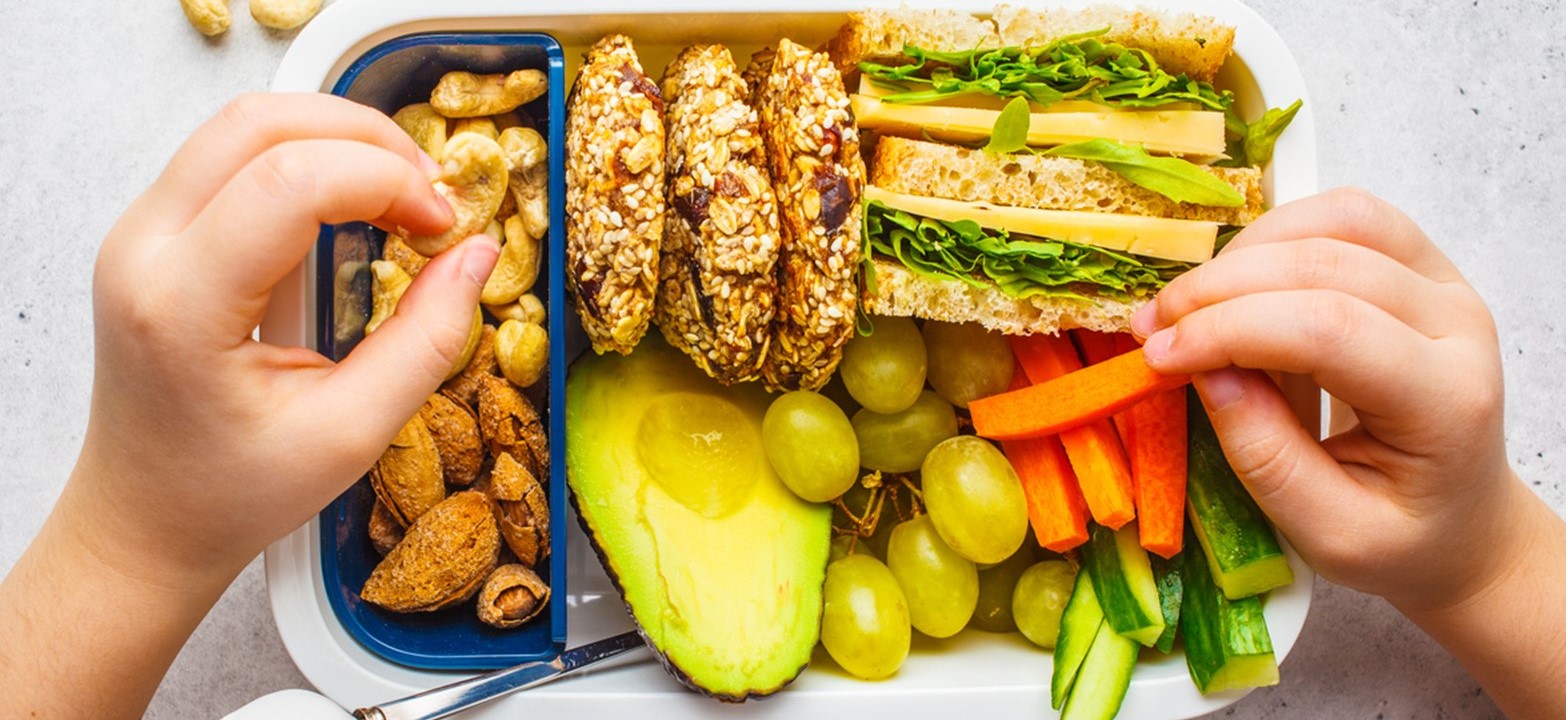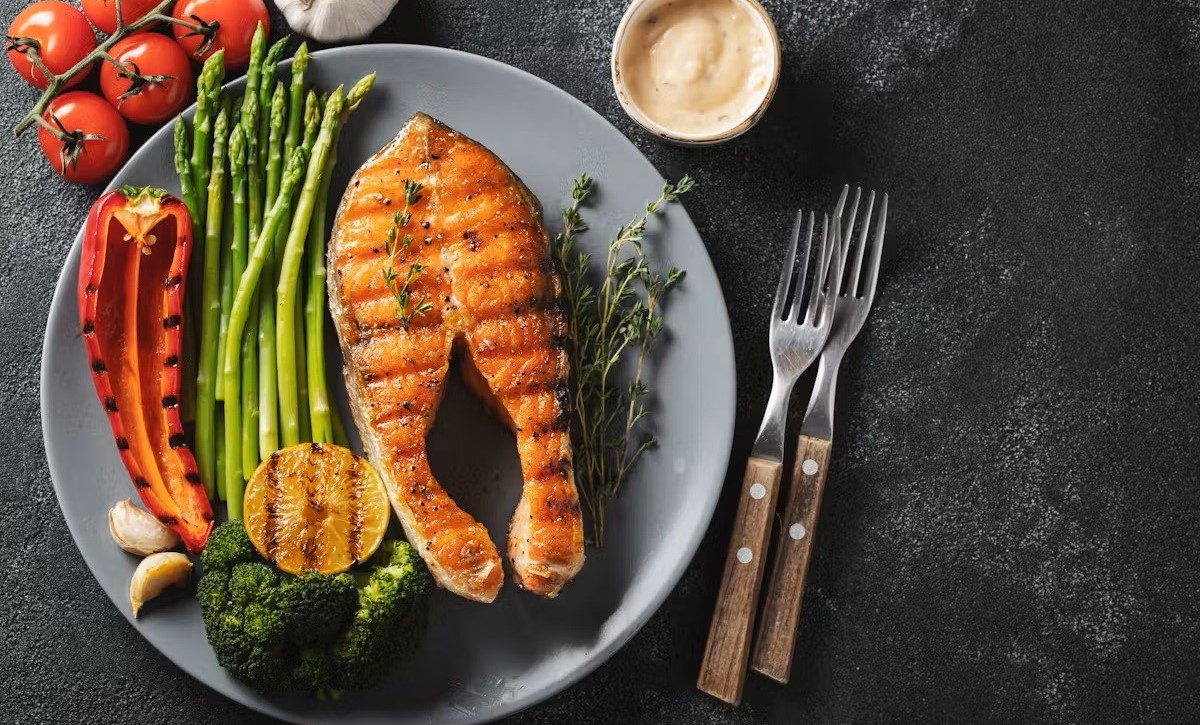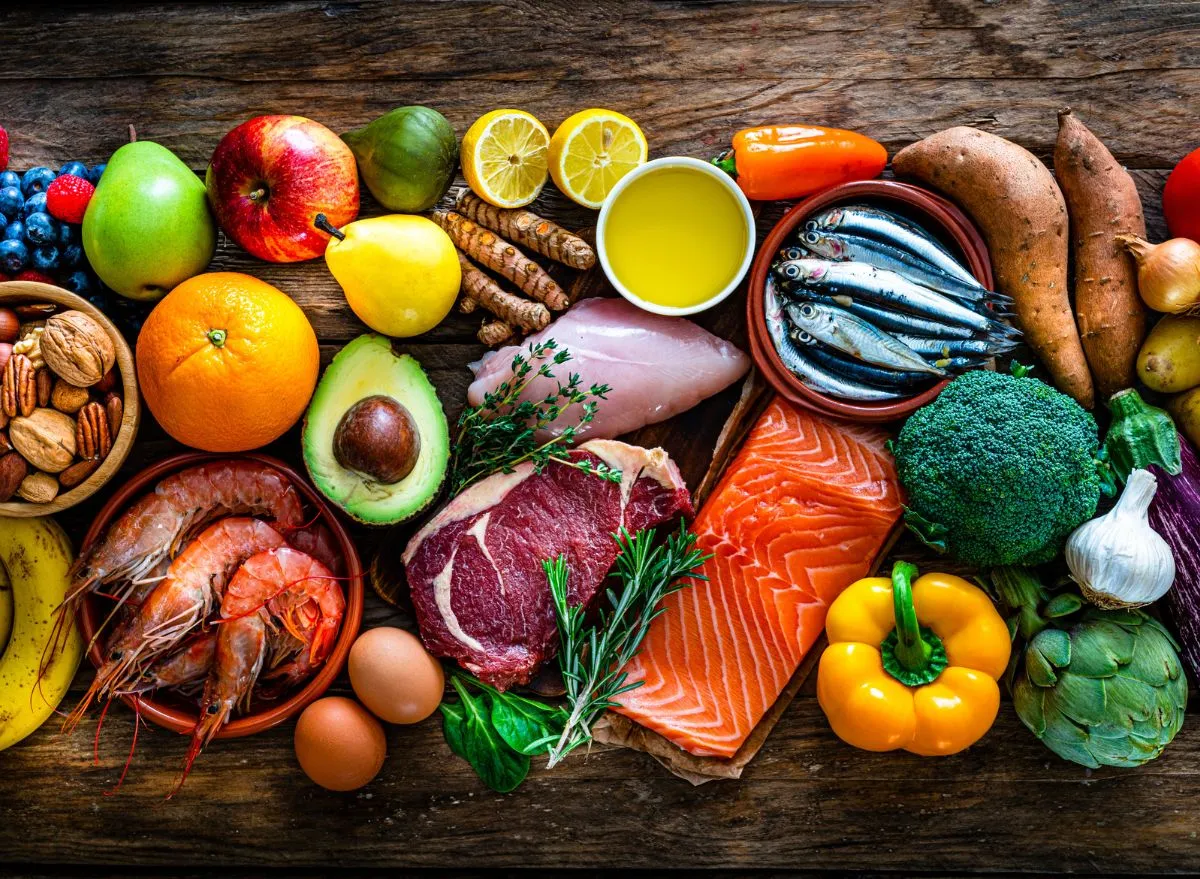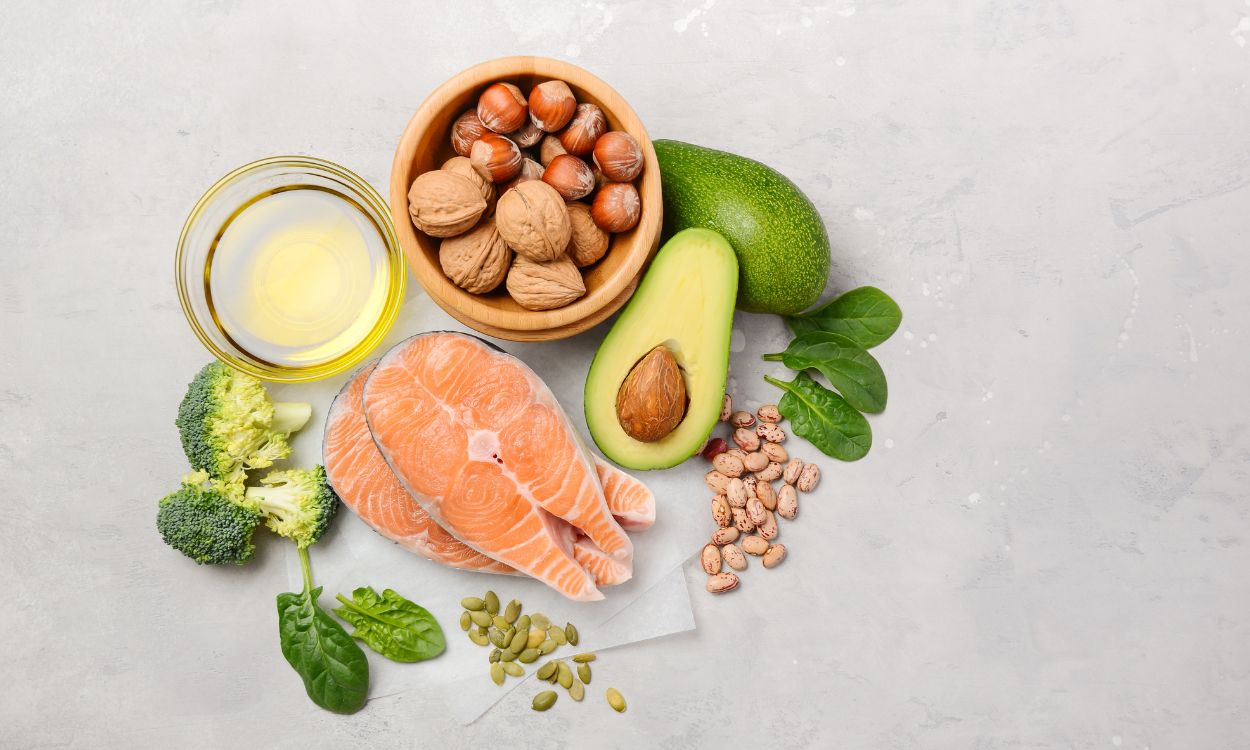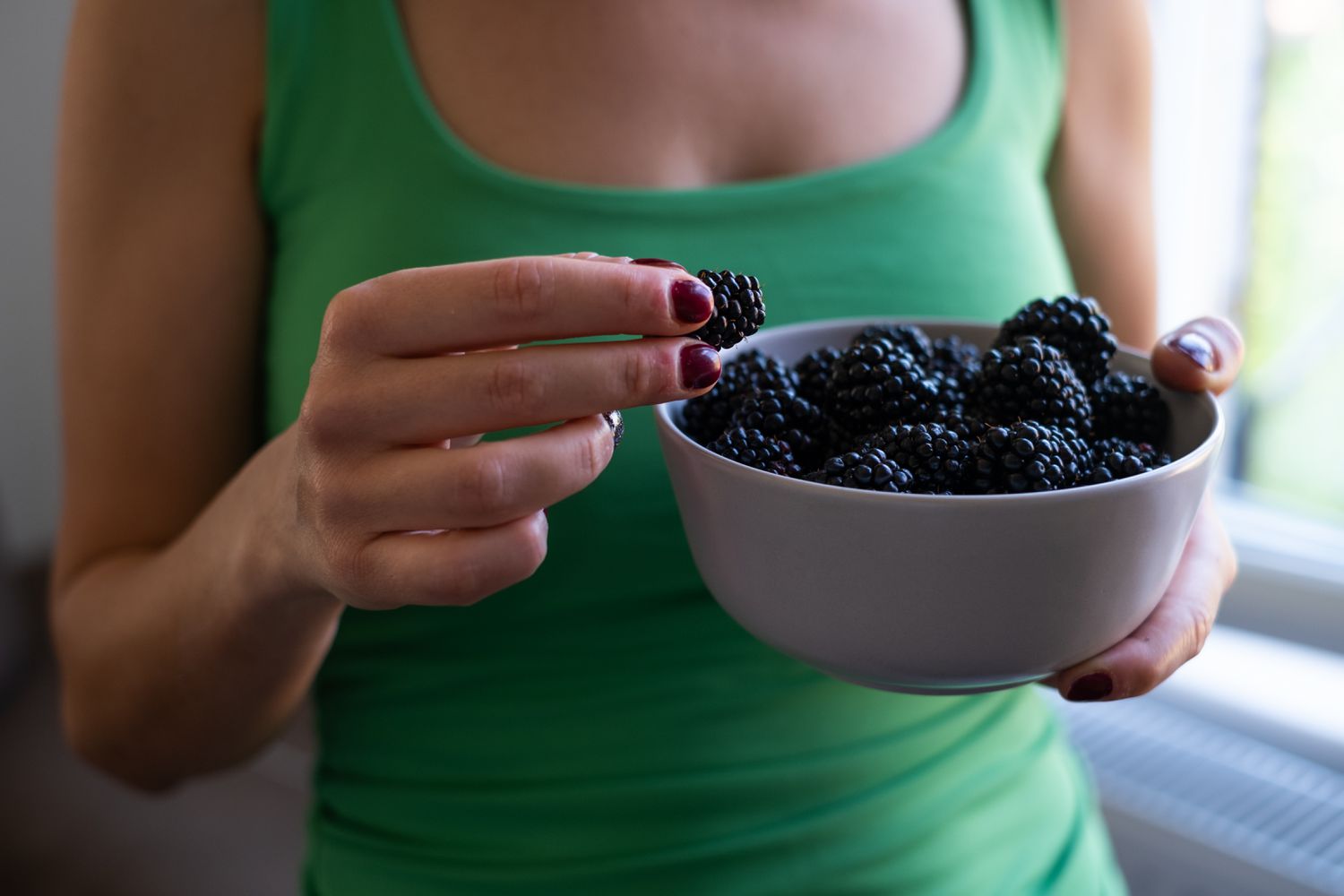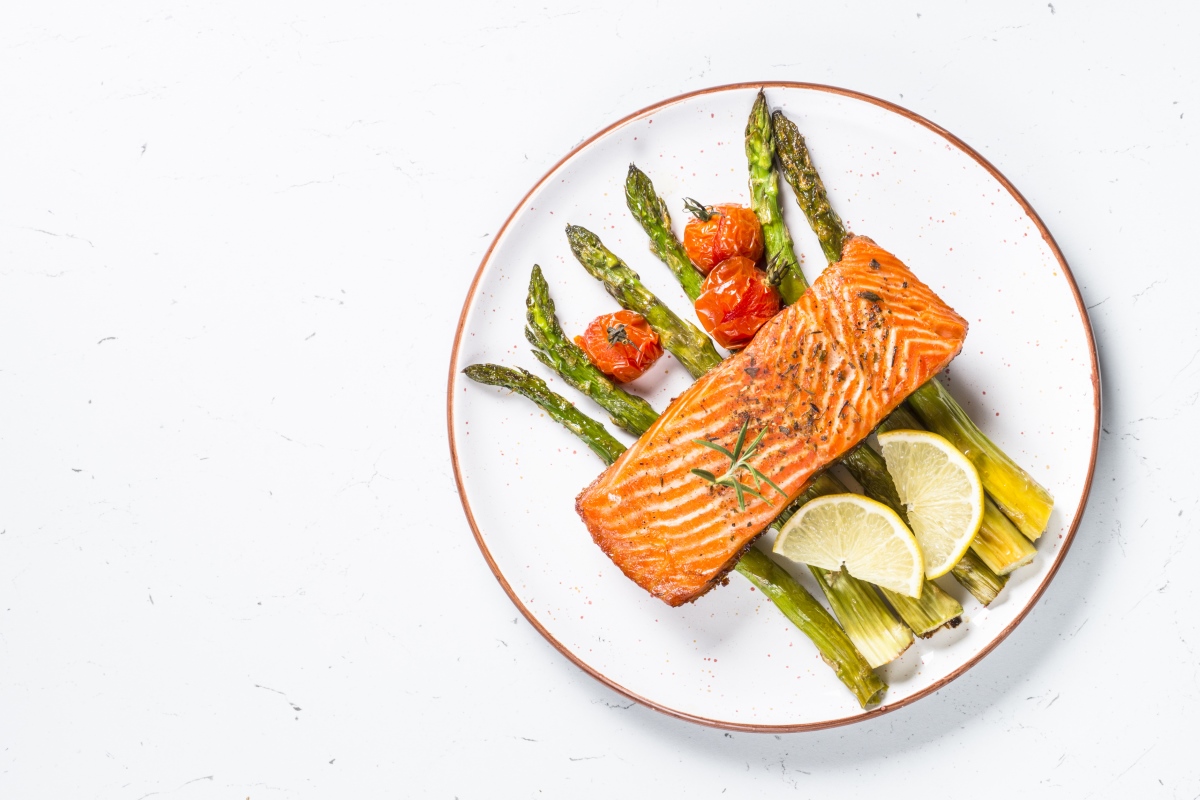How to Enjoy a Low Sugar, Low Carb Diet
Are you looking to improve your health and well-being by adopting a low sugar, low carb diet? This type of eating plan can be beneficial for many people, especially those looking to manage their weight and reduce their risk of chronic diseases. However, making the switch to a low sugar, low carb diet can seem daunting at first. With the right approach and some helpful tips, you can successfully navigate this dietary change and enjoy delicious, satisfying meals.
Focus on Whole Foods
When following a low sugar, low carb diet, it’s important to prioritize whole, unprocessed foods. These include:
- Fresh vegetables
- Leafy greens
- Lean proteins such as chicken, turkey, and fish
- Healthy fats like avocados, nuts, and olive oil
- Low-sugar fruits such as berries and citrus fruits
By centering your meals around these nutrient-dense foods, you can naturally reduce your intake of sugar and carbs while providing your body with essential vitamins and minerals.
Read Labels Carefully
When shopping for groceries, it’s crucial to become a savvy label reader. Many packaged foods, even those marketed as “healthy,” can contain hidden sugars and high carbohydrate content. Look for:
- Products with minimal added sugars
- Low-carb options, especially when it comes to bread, pasta, and snacks
- Items with recognizable, whole food ingredients
By being mindful of what you’re putting into your shopping cart, you can better control your sugar and carb intake.
Experiment with Low Carb Substitutes
One of the challenges of a low sugar, low carb diet is finding satisfying alternatives to traditional high-carb foods. Fortunately, there are many creative substitutes to explore:
- Use cauliflower rice or zucchini noodles in place of regular rice or pasta
- Try lettuce wraps instead of bread for sandwiches and burgers
- Use almond flour or coconut flour in baking to reduce carb content
By experimenting with these substitutes, you can still enjoy your favorite meals while keeping your sugar and carb intake in check.
Plan Ahead for Success
Meal planning is a key component of successfully maintaining a low sugar, low carb diet. By taking the time to plan your meals and snacks, you can:
- Avoid impulsive, high-sugar, high-carb choices
- Ensure that you have nutritious options readily available
- Control portion sizes and macronutrient balance
Whether you prefer to plan your meals for the week ahead or simply have a rough idea of what you’ll be eating each day, having a plan in place can set you up for success.
Seek Out Support and Resources
Embarking on a low sugar, low carb diet can be much easier when you have support and access to helpful resources. Consider:
- Joining online communities or local groups focused on low carb living
- Following social media accounts and websites that offer low sugar, low carb recipes and tips
- Consulting with a registered dietitian or nutritionist for personalized guidance
Having a network of support and information can keep you motivated and inspired on your low sugar, low carb journey.
Conclusion
Transitioning to a low sugar, low carb diet doesn’t have to be overwhelming. By focusing on whole foods, reading labels, experimenting with substitutes, planning ahead, and seeking support, you can embrace this way of eating with confidence. Remember, small changes can lead to big results, and with time, you’ll find that a low sugar, low carb diet can be both enjoyable and sustainable.
Was this page helpful?
newsoftcrack
download free cracking software
